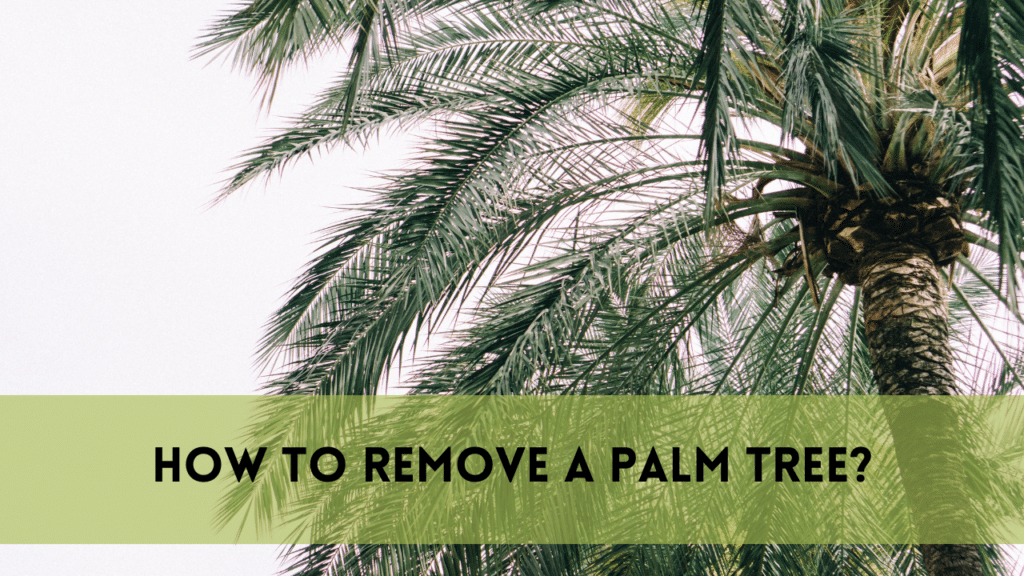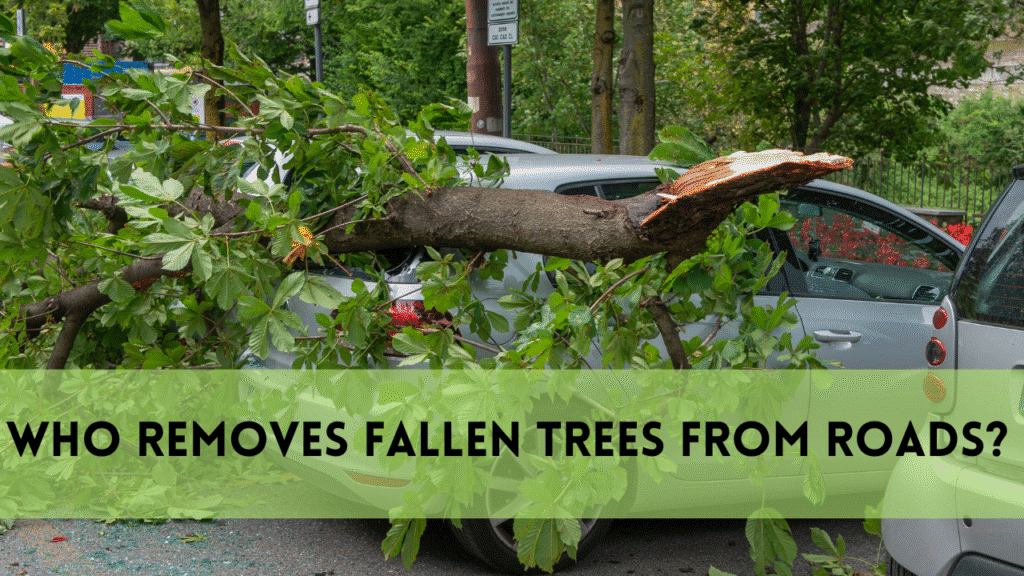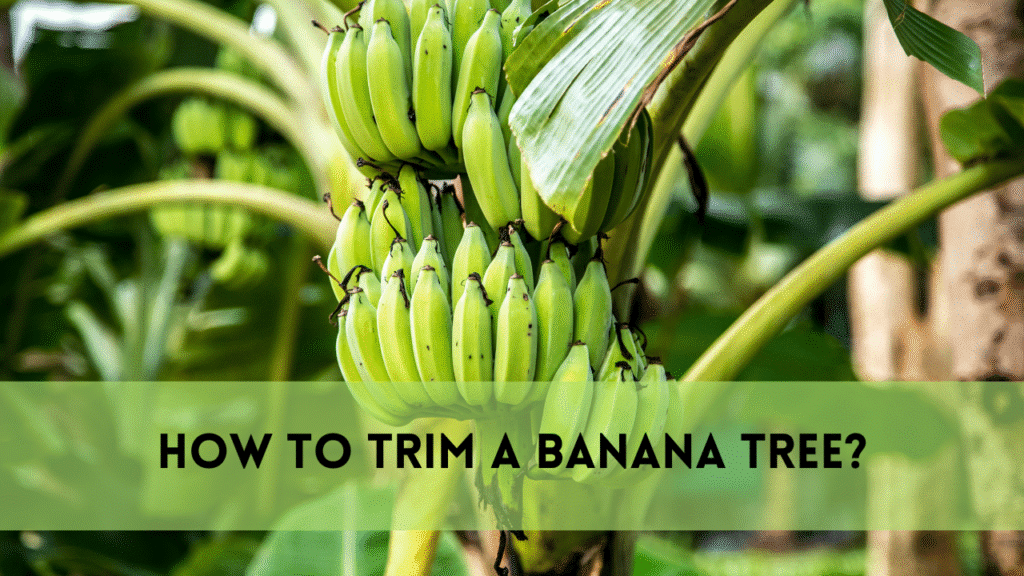Don’t panic if you have to say goodbye to a palm tree for whatever reason—whether it’s due to landscape changes, safety issues, or something else completely. In this detailed guide, we’ll take you through the process of removing a palm tree step by step. So have a seat and join me on this arboricultural adventure.
Recognizing the Need to Remove a Palm Tree
Before you begin the process of removing your palm tree, it is critical that you evaluate the causes that caused you to make the decision to release it from your ownership. It is probable that the roots are causing structural damage and should be handled. Is it conceivable that it has outgrown the area that was designated for it? You will be able to create a plan and reach reasonable conclusions if you identify the variables that led to the emergence of the scenario.
Obtaining the Appropriate Tools to Remove Palm Tree
The quality of any task that is reliant on the equipment utilized makes no difference, and palm tree removal is no exception. Before you begin the activity, make sure you are wearing protective gear such as boots, safety glasses, and gloves. You will need the following tools for this task: a chainsaw, pruning shears, a spade, and a strong rope for controlled lowering.
Getting Ready for The Removal of Palm Tree
Initially, make sure that the area that surrounds the tree is secure. To ensure that the job is safe, it is necessary to remove any impediments, animals, or onlookers from the area. It is highly recommended that you seek the assistance of a professional if you do not have prior expertise using a chainsaw.
Evaluation of the Palm Tree to Begin Removal
The tree has to be thoroughly inspected before the removal procedure is started. Examine the fronds to see if any are dead or damaged and require pruning. Using your pruning shears, it is advised that you start by trimming these fronds, being cautious not to get in the way of the tree’s potential fall route.

A Methodical Approach to Remove Palm Tree
Eliminate Dying or Dead Fronds: For the first step, remove any fronds that are broken, brown, or yellow. This not only improves the tree’s look but also contributes to the overall assessment of its health.
Crown trimming: The outer covering of the crown should be progressively trimmed away to expose the stem. Be careful not to do any damage to the core bud since it plays such a vital role in the development of the tree.
Clearing the Trunk: The trunk should be cut down into parts that are more manageable with the chainsaw once it has been exposed. Because of this, the subsequent phases of elimination will be relatively easier to handle.
Taking Out the Root Ball of Palm Tree
Digging the Soil: When you have finished removing the tree trunk, you should focus on the roots. While creating a trench around the tree, gradually expose the root ball to the environment. It is necessary to exercise patience during this stage since palm plants often have enormous root systems.
Removal of the Root Ball: Remove the root ball from the earth by using a spade to cut through the roots and remove the root ball. Take use of the assistance of other people in order to help in pushing the root ball out of the hole.
Looking for Any More Roots: It is possible to determine whether or not all of the roots have been removed by examining the soil in the surrounding area. Any remaining roots might potentially stimulate new growth, which would make it difficult for you to remove them.
Options for Ecologically Friendly Disposal of Palm Tree Trash
Recycling of Green garbage: One option for disposing of the trash from palm trees is to recycle it as an eco-friendly waste. Trash is collected from trees by recycling facilities located across the city to promote ecologically friendly disposal practices.
Mulching: In the event that you have access to a wood chipper, you may transform the leftovers of the palm tree into mulch. Within the realm of landscaping, this is a sustainable alternative that may be used.
When to Bring in the Experts
In spite of the fact that it is commendable to manage things on your own, there are instances in which it is absolutely necessary to seek the assistance of a professional. It is recommended that you seek the aid of arborists or other professionals that specialize in tree removal if the palm tree is large, if it presents a danger to structures, or if you are uncomfortable with the process of removing it.
FAQS
What is the purpose of removing a palm tree?
Removal of palm trees may be required for a number of reasons, including changes in landscaping, safety concerns, or structural problems caused by the tree outgrowing its place.
May I take down a palm tree on my own?
A palm tree can be taken down by oneself, but it will take meticulous preparation, the appropriate equipment, and safety measures. It is best to get expert assistance if the tree is enormous or dangerous.
What equipment is required for the removal of a palm tree?
A chainsaw, pruning shears, shovel, safety glasses, gloves, and a sturdy rope are among the necessary equipment. These instruments provide a secure and effective removal procedure.
After the palm tree trash is removed, what should I deal with?
Take into account eco-friendly choices like recycling green garbage or converting the leftovers into mulch for landscaping using a wood chipper.
When should I hire a professional for removal of palm tree?
If the palm tree is huge, might damage nearby structures, or you are uncomfortable handling the removal procedure, getting professional help is advised. Experts in tree removal or arboriculture can efficiently manage such circumstances.
Conclusion
Taking down a palm tree calls for meticulous preparation, the appropriate equipment, and a deliberate approach. With sufficient preparation, knowledge of the rationale behind the removal, and adherence to the detailed instructions, you may confidently say goodbye to your palm tree.
Always keep in mind that safety is the most important factor, and if in doubt, get expert help. You’re prepared to take on the challenge of removing a palm tree effectively and ethically with the help of our thorough tutorial. Happy getting rid of trees!



